The Mathematics of Options: Quantifying Derivative Price, Payoff, Probability, and Risk
$21.45
| Author(s) | |
|---|---|
| Format |
|
| Pages |
345 |
| Publication Year |
2017 |
Michael C. Thomsett addresses this glaring gap with The Mathematics of Options, a practical guide with actionable tools for the practical application of options math in a world that demands quantification. It serves as a valuable reference for advanced methods of evaluating issues of pricing, payoff, probability, and risk. In his characteristic approachable style, Thomsett simplifies complex hot button issues―such as strategic payoffs, return calculations, and hedging options―that may be mentioned in introductory texts but are often underserved. The result is a comprehensive book that helps traders understand the mathematic concepts of options trading so that they can improve their skills and outcomes.
Introduction:
Professional traders need practical solutions combining essential mathematical principles used to quantify options value. This should be practical and actionable, so that options traders are able to make clear and informed decisions. Every options trader deals with an array of calculations. This applies to pricing, of contracts, payoff expectations of specific strategies (including maximum profit and loss), probability of outcomes, and identification of risks. Traders want a convenient and practical reference guide to hedging portfolio risk; for evaluating pricing, payoff, probability and risk issues; and to convert complexity into sensible decisions. Among the challenges to articulating mathematical quantification of options is the problem of inaccuracies and estimates as part of so many formulas. Traders need and deserve a straightforward and accurate way to measure the essential ingredients of trading.
Every options trader deals with an array of calculations. This applies to pricing, of contracts, payoff expectations of specific strategies (including maximum profit and loss), probability of outcomes, and identification of risks. The beginner is concerned with identifying risk and opportunity and focusing on a short list of strategies. However, the experienced options trader is more focused on a broad range of issues. Among these is the need for hedging to reduce portfolio risk as one aspect of options trading. The experienced options trader requires reference for evaluating these pricing, payoff, probability, and risk issues. These convenient and common sense calculations are not easily found in free online sources, which tend to fall into one of two categories: First is the basic type of calculation aimed at the novice or general trader. Second is the esoteric level of advanced probability analysis and the Black-Scholes pricing model, aimed at the theoretical rather than at practical applications.
For the practical use of options math, notably for experienced individual traders or investors and for portfolio managers, the literature of the industry has lacked a practical reference. This is why this book has been written. Among the many challenges to articulating mathematical quantification of options trading is the problem of inaccuracies and estimates as part of so many formulas. One inaccuracy in a calculation is troubling, but can be adjusted in order to approximate a reliable outcome. However, multiple inaccuracies create exponential levels of unreliability.
A second problem with many mathematical applications is the lack of clarity in the methods used to calculate outcomes, such as probability, implied volatility, and pricing estimates. If traders are to rely on spreadsheets or calculators that include variables, how much reliance should be placed in the outcome? If the brokerage firm of options service is not able to willing to disclose its assumptions, the reliability of a simplified calculator cannot be known. This presents a deep and chronic problem for anyone interested in determining a reliable set of prices, risks, or trading opportunities.
Contents:
- Trading Goals and Objectives
- The Role of Fundamental and Technical Analysis
- Pricing of the Option
- The Dividend Effect
- Return Calculations
- Strategic Payoff: The Single-Option Trade
- Strategic Payoff: Spreads
- Strategic Payoff: Straddles
- Probability and Risk
- Option Pricing Models
- Alternatives to Pricing Models
The Mathematics of Options: Quantifying Derivative Price, Payoff, Probability, and Risk By Michael C. Thomsett pdf
1 review for The Mathematics of Options: Quantifying Derivative Price, Payoff, Probability, and Risk
Clear filtersOnly logged in customers who have purchased this product may leave a review.

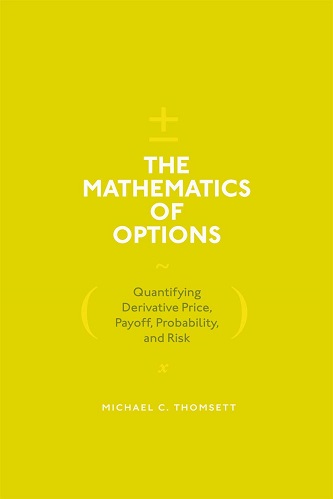
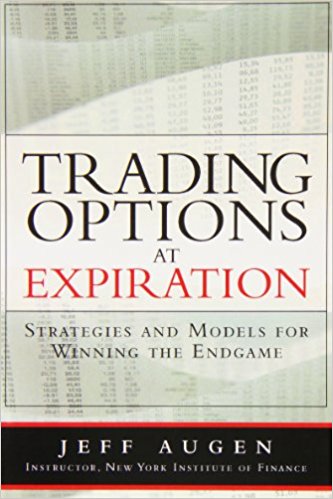

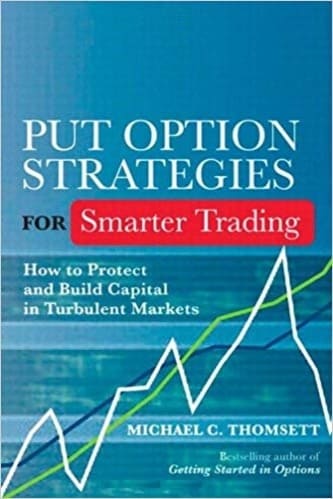
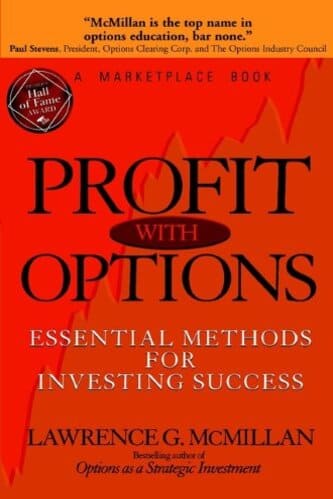
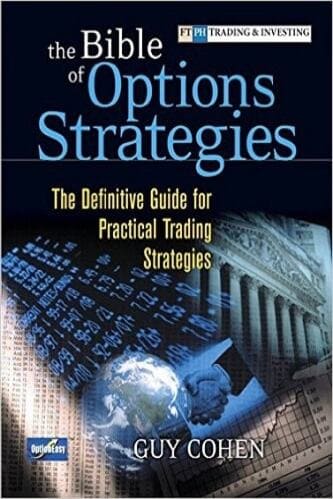
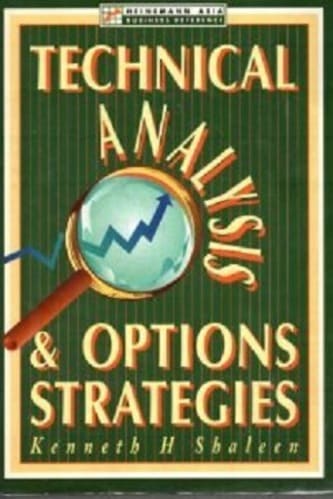
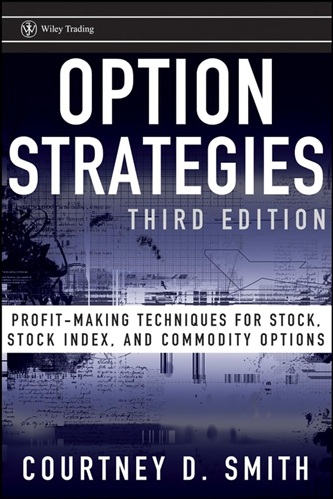
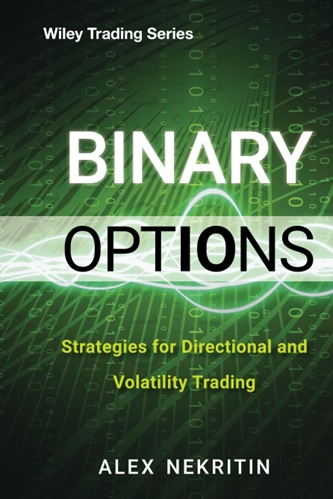
Edison Vaughan (verified owner) –
Dr. Thomsett’s new book is a great resource and a must-have for your trading library!